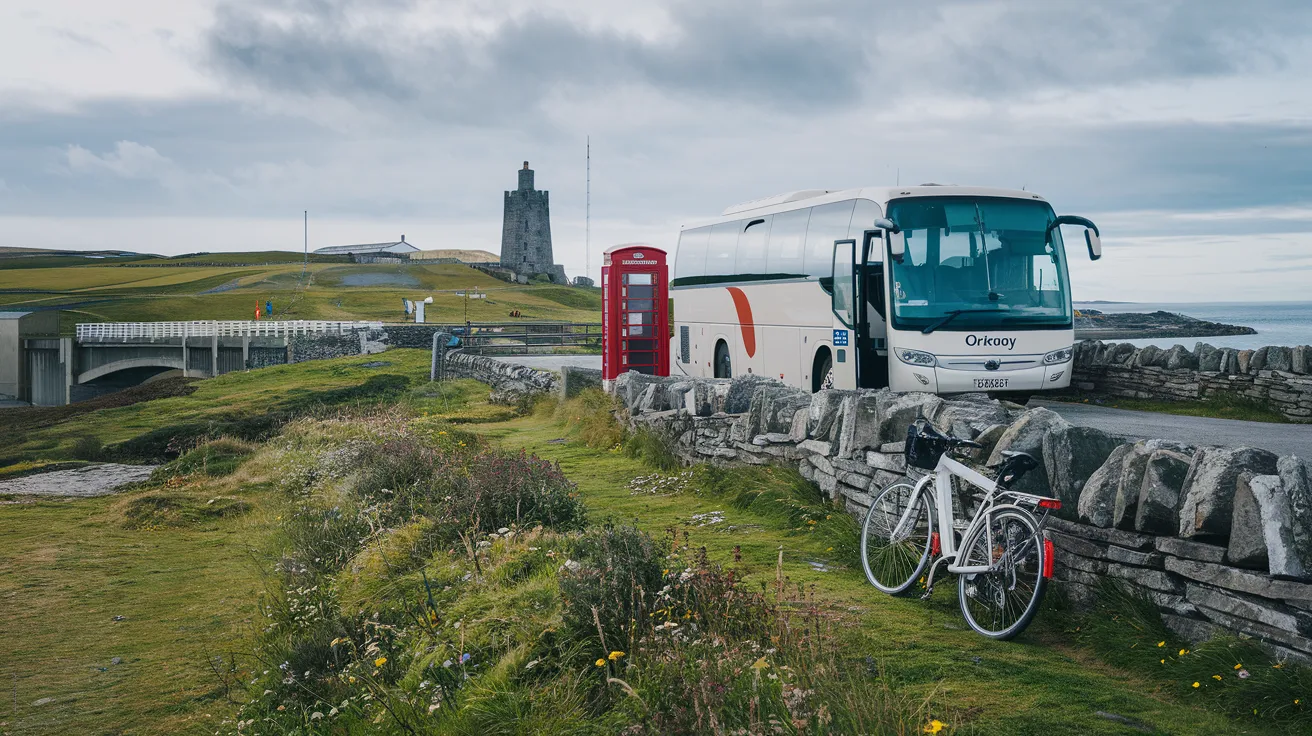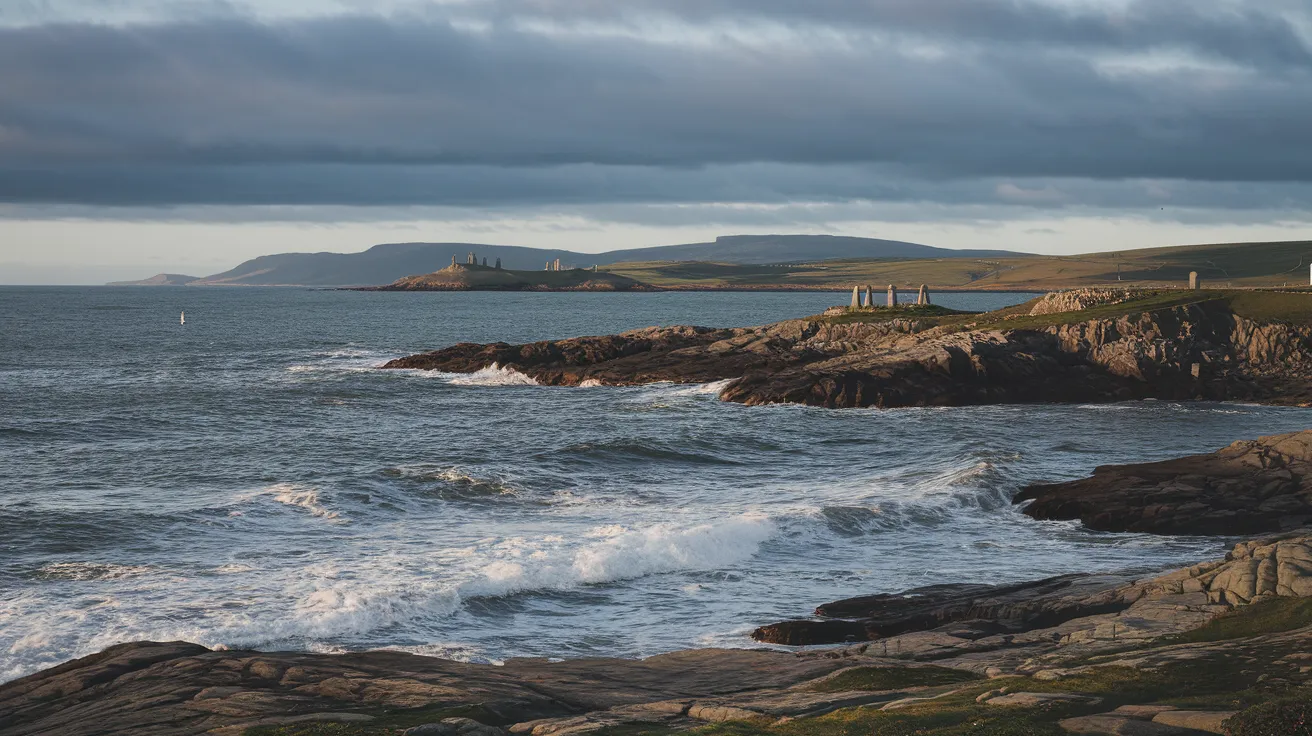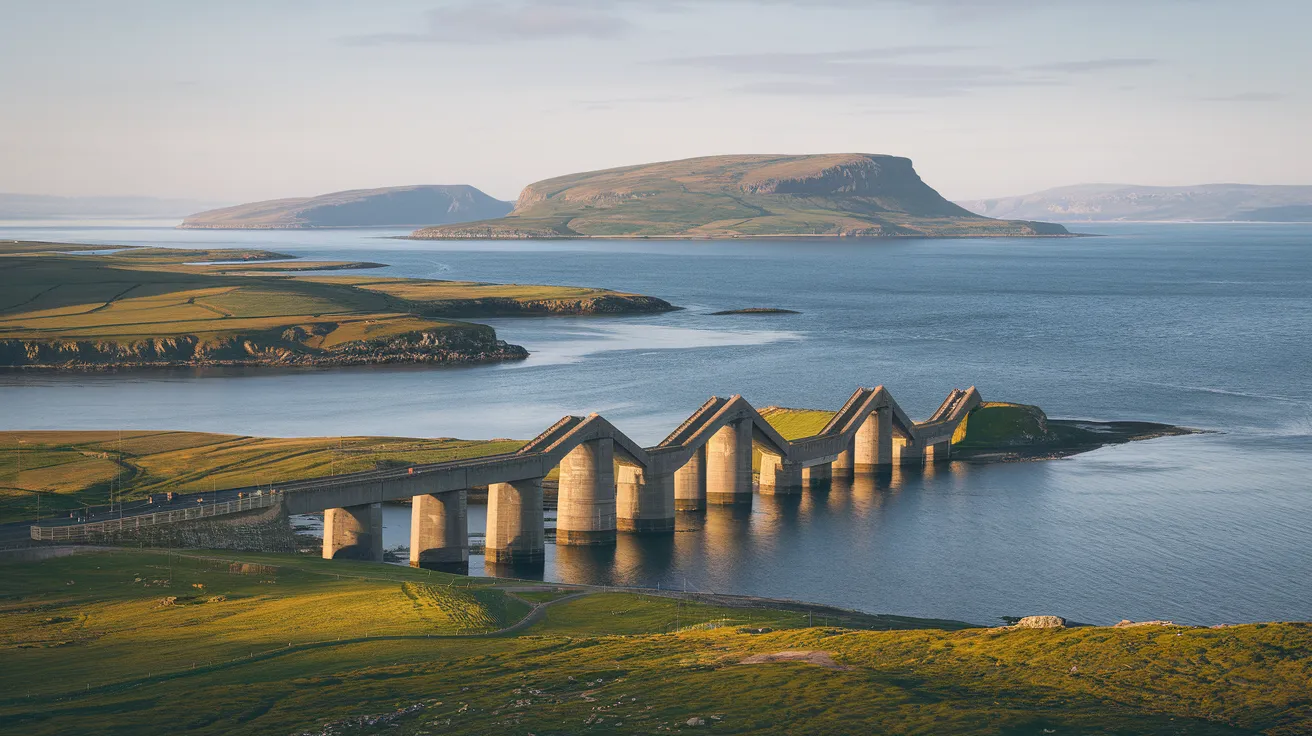Quick Navigation
- Quick Facts: Heart of Neolithic Orkney
- The Four Pillars of Neolithic Orkney
- 1. Skara Brae: A Prehistoric Village Frozen in Time
- 2. Maeshowe: A Masterpiece of Neolithic Engineering
- 3. Ring of Brodgar: A Ceremonial Giant
- 4. Stones of Stenness: Ancient Sentinels
- Why is it a UNESCO World Heritage Site?
- Tips for Visiting the Heart of Neolithic Orkney
- Frequently Asked Questions (FAQ)
- How old are the sites in the Heart of Neolithic Orkney?
- Can I visit all four main sites in one day?
- Is the site accessible for visitors with mobility issues?
- What is the Ness of Brodgar?
- Experience Neolithic Orkney
The Complete Guide to the Heart of Neolithic Orkney UNESCO World Heritage Site
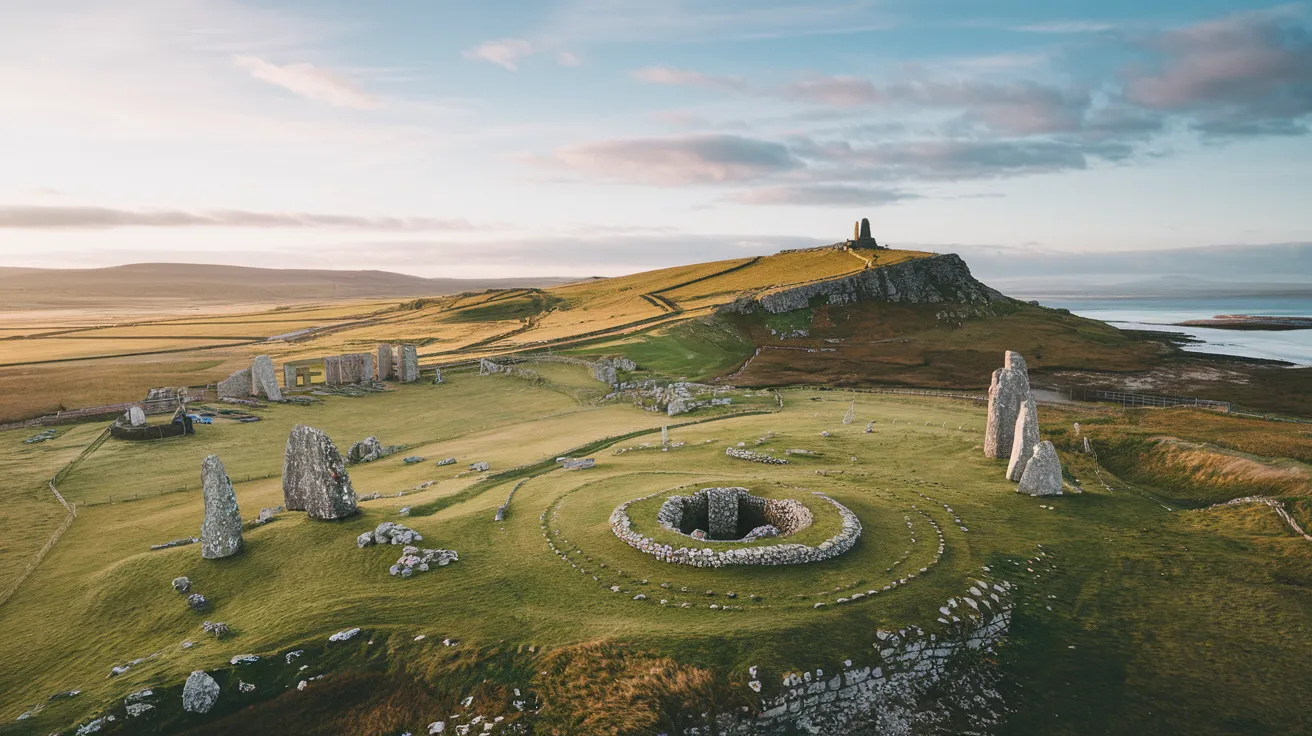
Step back 5,000 years into the heart of Neolithic life with a visit to Orkney's breathtaking UNESCO World Heritage Site. This remarkable collection of monuments on the Orkney Mainland offers an unparalleled window into the sophisticated society that thrived here long before the pyramids were built. This guide covers the four key components, their significance, and practical tips for your visit.
Quick Facts: Heart of Neolithic Orkney
Designated: 1999
Key Sites: Skara Brae, Maeshowe, Ring of Brodgar, Stones of Stenness.
Age: Approx. 3100 BCE - 2500 BCE.
Location: Orkney Mainland, Scotland.
Managed by: Historic Environment Scotland (HES).
The Four Pillars of Neolithic Orkney
The World Heritage site comprises four main areas, each offering unique insights:
1. Skara Brae: A Prehistoric Village Frozen in Time
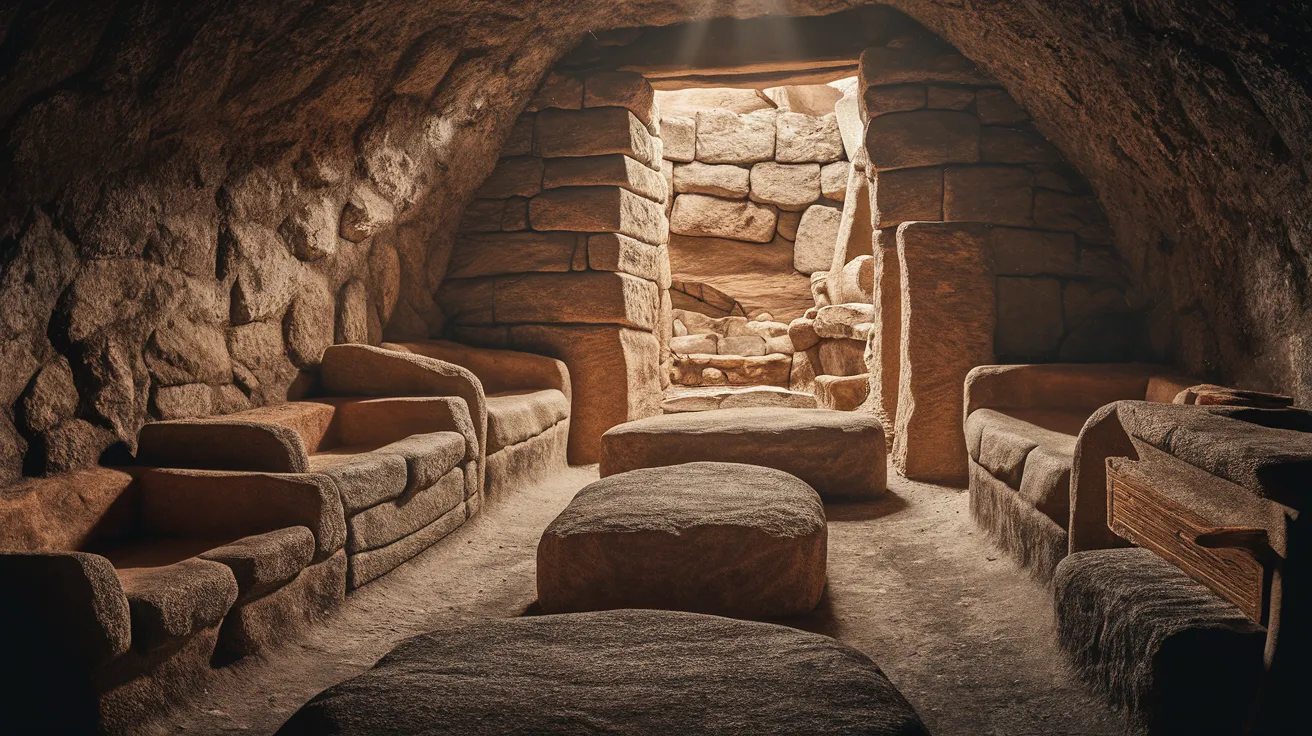
Often called the 'Scottish Pompeii', Skara Brae is Europe's most complete Neolithic village. Buried by sand dunes for millennia, its preservation is extraordinary. Explore the cluster of houses linked by covered passageways and marvel at the original stone furniture – beds, dressers, and hearths – that reveal intimate details of domestic life over 5,000 years ago. The visitor centre includes a replica house and displays artifacts found on site.
Visitor Info: Skara Brae
Address: Historic Scotland, Stromness KW16 3LR, UK
Phone: 01856 841815
Website: HES Website
2. Maeshowe: A Masterpiece of Neolithic Engineering
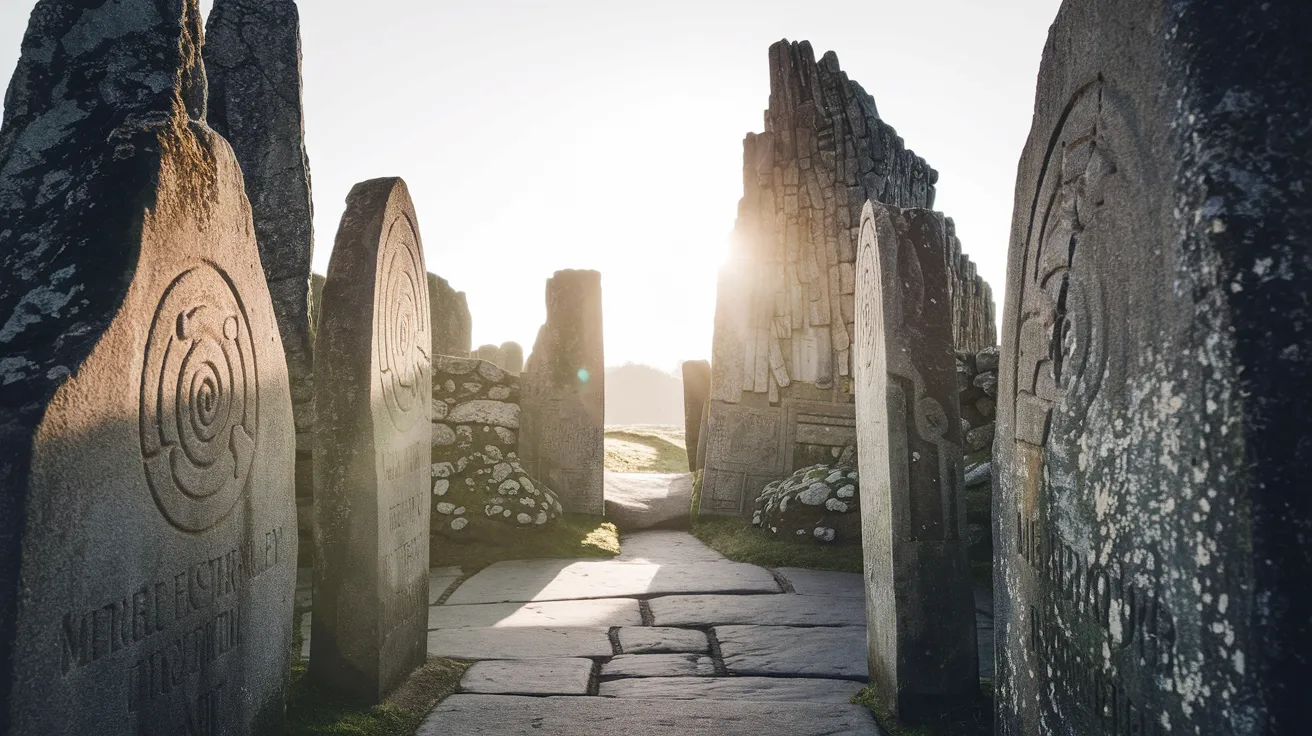
Maeshowe is arguably the finest chambered tomb in Northwest Europe. Built around 2800 BCE, its central chamber is accessed via a long, low passage precisely aligned to capture the setting sun during the winter solstice. The tomb's sophisticated corbelled vaulting demonstrates incredible architectural skill. Adding another layer of history, Vikings broke into the tomb in the 12th century, leaving behind the largest collection of runic inscriptions found outside Scandinavia. Booking a guided tour is essential as access is controlled.
Visitor Info: Maeshowe
Address: Maeshowe Visitor Centre, Ireland Rd, Stenness, Stromness KW16 3LB, UK
Phone: 01856 851266
Website: HES Website
3. Ring of Brodgar: A Ceremonial Giant
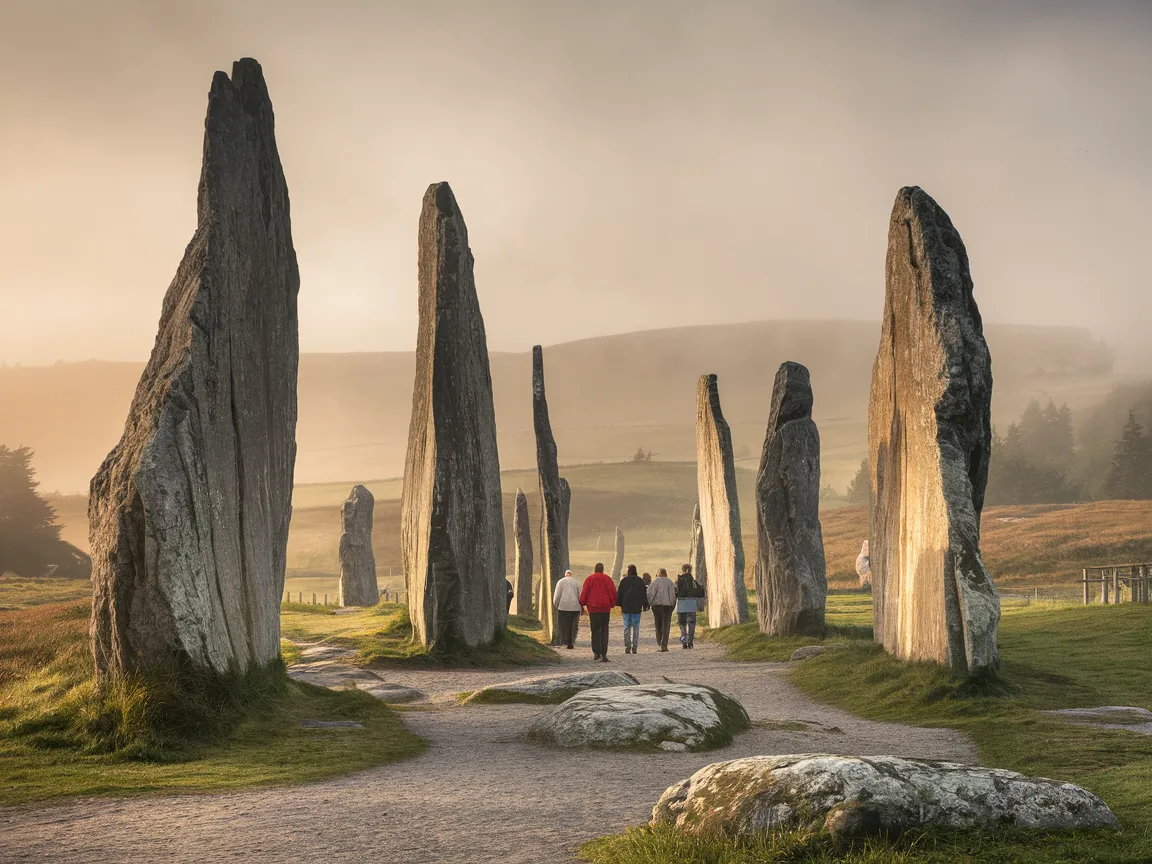
The immense Ring of Brodgar is one of the largest stone circles in Britain. Originally comprising 60 stones, 27 still stand within a vast circular ditch carved from bedrock. Dating from around 2500-2000 BCE, its scale suggests a major ceremonial centre for the Neolithic community. Walking amongst these towering stones, set dramatically between the lochs of Harray and Stenness, is an awe-inspiring experience. Access is free and open year-round.
4. Stones of Stenness: Ancient Sentinels
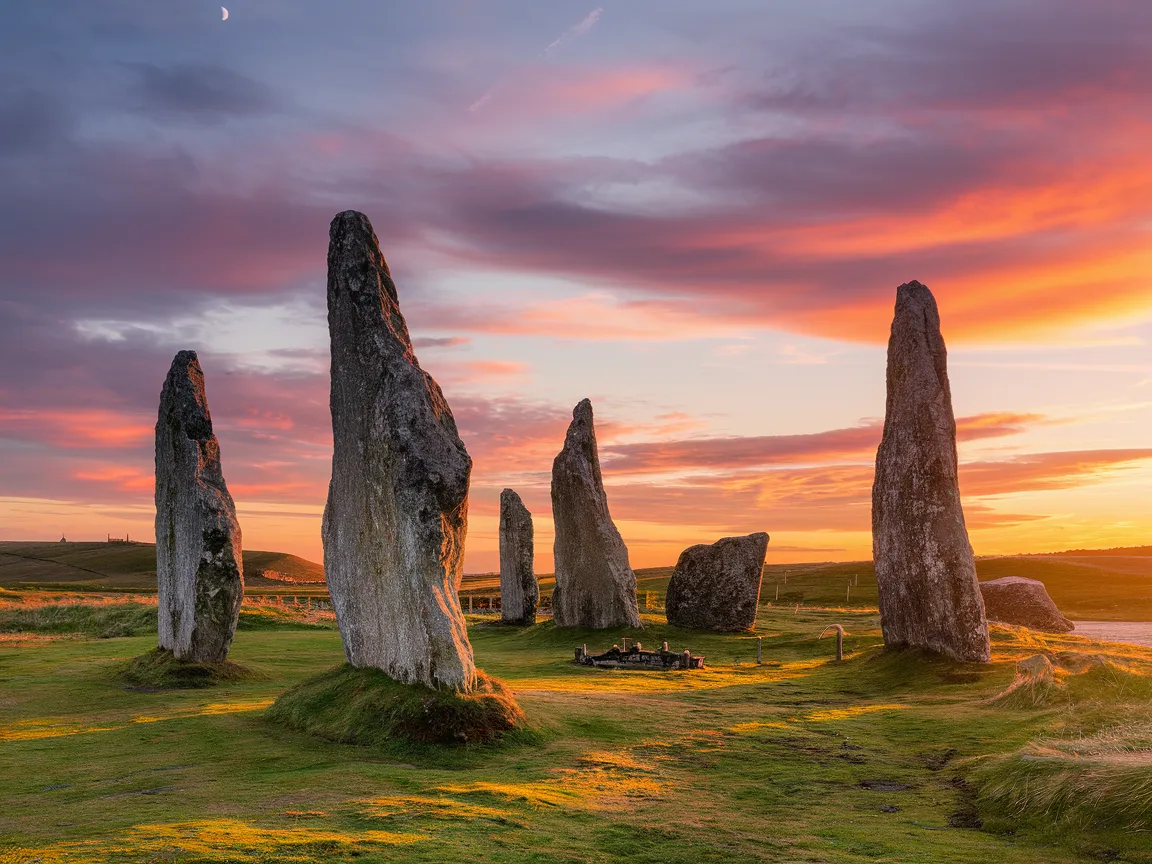
Possibly the oldest henge monument in the British Isles (c. 3100 BCE), the Stones of Stenness originally featured 12 slender megaliths. Today, four giants remain, reaching up to 6 metres high. The site includes a central hearth and is linked to the nearby Barnhouse Settlement, suggesting connections between ritual and daily life. Like Brodgar, access is free.
Why is it a UNESCO World Heritage Site?
The Heart of Neolithic Orkney was inscribed by UNESCO in 1999 for its outstanding universal value. It provides an unparalleled insight into the cultural achievements of Neolithic people in Northern Europe. The site demonstrates:
Exceptional Preservation: Particularly Skara Brae, offering a vivid picture of village life.
Architectural Mastery: Evident in Maeshowe's construction and alignment.
Ceremonial Complexity: Showcased by the scale and layout of the stone circles and surrounding landscape.
Continuity: The concentration of sites reveals a landscape used and revered for millennia.
This designation helps protect these fragile monuments for future generations, supporting ongoing research and conservation efforts, especially against threats like coastal erosion affecting Skara Brae.
Tips for Visiting the Heart of Neolithic Orkney
Book Ahead: Essential for Maeshowe tours and recommended for Skara Brae, especially in summer. Use the Historic Environment Scotland website.
Wear Layers: Orkney weather is notoriously changeable. Waterproofs and sturdy footwear are a must.
Allow Plenty of Time: Don't rush. Aim for at least half a day, ideally a full day, to appreciate the main sites.
Consider a Tour: Local guides can offer deeper insights and handle logistics.
Visit Off-Peak: Spring and Autumn offer fewer crowds and potentially dramatic light.
Explore Nearby Sites: Don't miss the Ness of Brodgar (check excavation dates), Barnhouse, and the Watch Stone to understand the wider context.
This video from Historic Environment Scotland provides a great overview of the World Heritage Site.
Frequently Asked Questions (FAQ)
How old are the sites in the Heart of Neolithic Orkney?
The sites span a significant period, with the Stones of Stenness dating back to around 3100 BCE, Maeshowe to 2800 BCE, Skara Brae occupied from roughly 3180 to 2500 BCE, and the Ring of Brodgar constructed between 2500 and 2000 BCE.
Can I visit all four main sites in one day?
Yes, it's possible as they are geographically close. However, it requires careful planning, especially considering the timed entry for Maeshowe. A more relaxed pace over 1.5 to 2 days is often recommended.
Is the site accessible for visitors with mobility issues?
Accessibility varies. Skara Brae has accessible paths in the visitor centre and a replica house, but the original village paths are uneven. Maeshowe requires stooping through a long, low passage. The stone circles have grassy paths that can be muddy. Check the HES website for detailed accessibility information for each site.
What is the Ness of Brodgar?
Located between the Ring of Brodgar and Stones of Stenness, the Ness of Brodgar is a major ongoing archaeological excavation revealing a complex of large Neolithic buildings, described as a potential temple or ritual centre. While not officially part of the UNESCO site, it's crucial to understanding the landscape. Public access is usually limited to guided tours during the summer excavation season.
Experience Neolithic Orkney
Visiting the Heart of Neolithic Orkney is more than just seeing old stones; it's about connecting with a distant past and marveling at the ingenuity and spirit of its people. These monuments stand as a powerful testament to human history in a landscape that continues to inspire awe. Make these incredible sites a cornerstone of your Orkney adventure.
Ready to plan your journey back in time? Find the perfect accommodation near Orkney's historic heartland to base your explorations.

